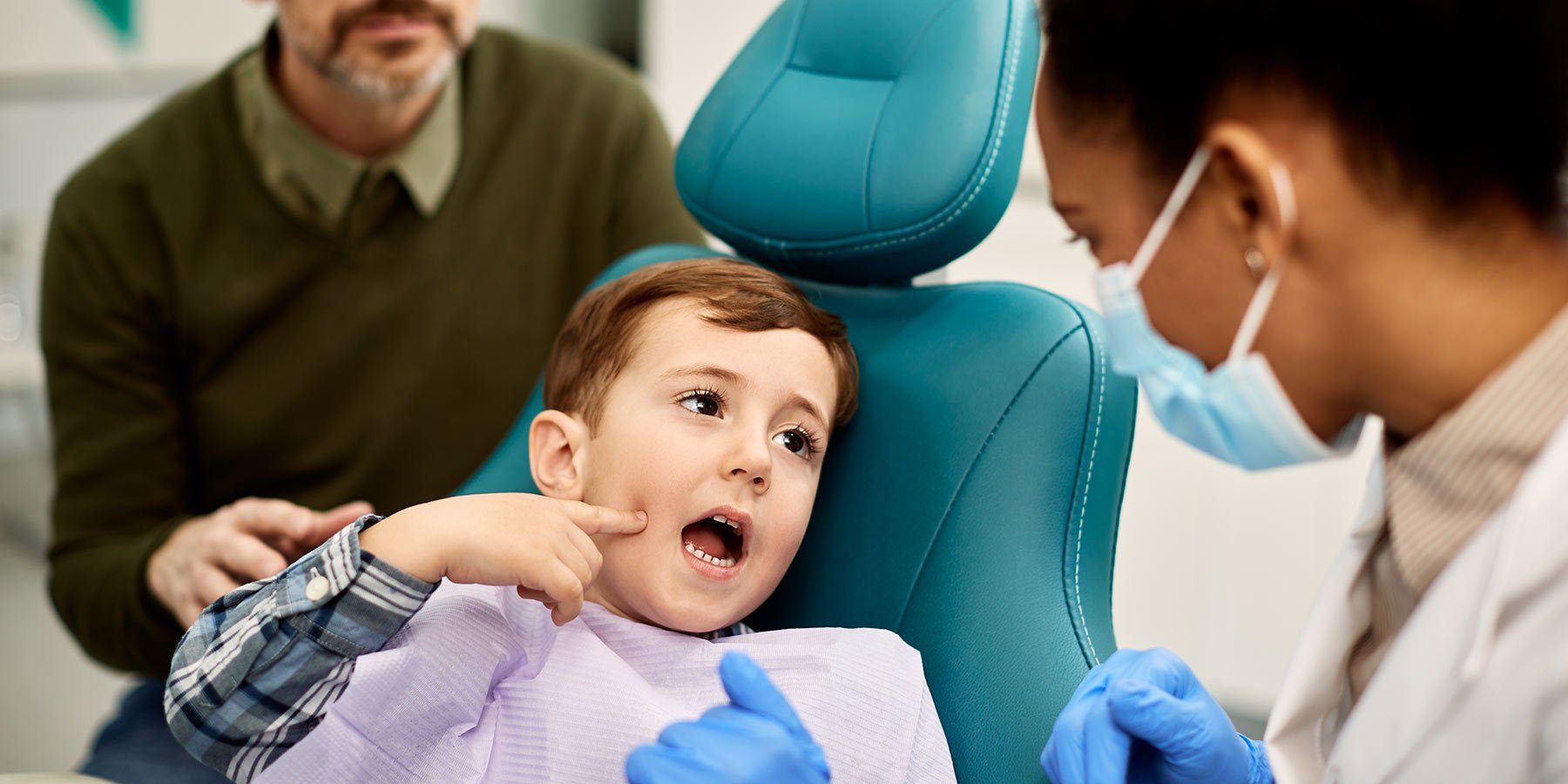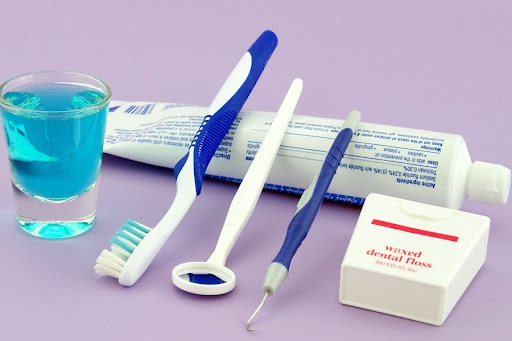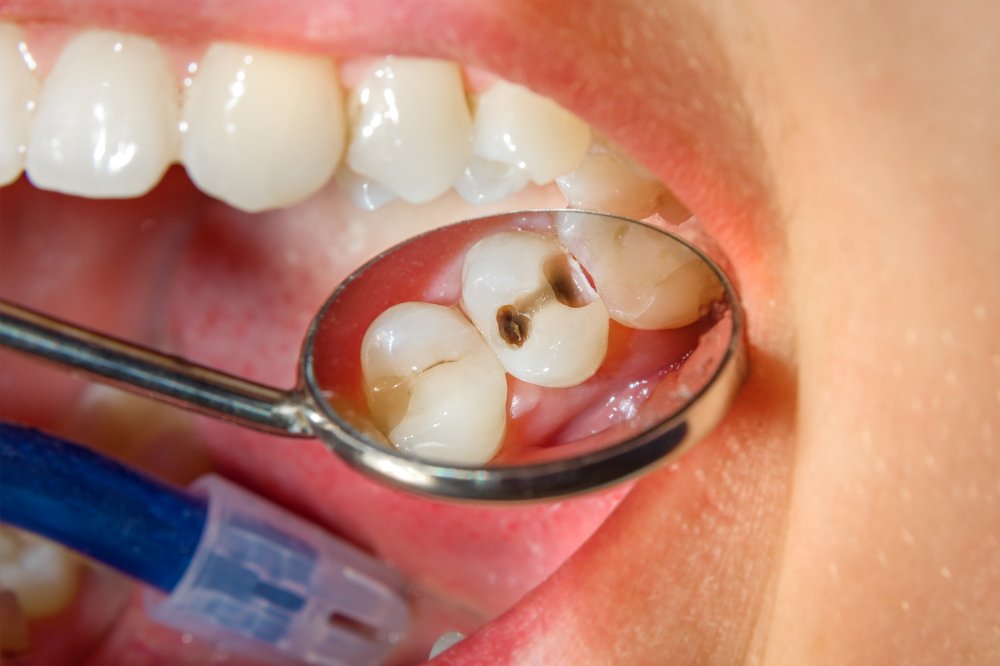Emergency Dental Care for Children: What to Do When Tooth Decay Causes Pain

Tooth decay is a common issue among children that, if left untreated, can lead to severe pain and complications requiring emergency dental care. Dental emergencies can be stressful for both children and parents, especially when pain is involved. This guide will help you understand the steps to take when your child experiences tooth decay-related pain and when to seek emergency dental care.
Understanding Tooth Decay and Pain in Children
Tooth decay occurs when the enamel and dentin of a tooth are damaged due to acids produced by bacteria in the mouth. The decay process can progress slowly, but once it reaches the inner layers of the tooth, including the pulp where nerves and blood vessels reside, it can cause significant pain and sensitivity.
Common signs that tooth decay has progressed to a painful stage include:
- Toothache: Persistent or throbbing pain in the affected tooth.
- Sensitivity: Discomfort when consuming hot, cold, or sweet foods and beverages.
- Swelling: Swelling of the gums or face near the affected tooth.
- Fever: A sign of a possible infection, which requires immediate attention.
Immediate Steps to Take When Tooth Decay Causes Pain
When your child experiences pain due to tooth decay, taking immediate steps can help alleviate their discomfort and prevent the situation from worsening.
- Rinse with Warm Salt Water: Rinsing the mouth with warm salt water can help reduce inflammation and clean the affected area. Mix a teaspoon of salt in a cup of warm water and have your child gently swish it around their mouth, then spit it out.
- Use Cold Compresses: Applying a cold compress or ice pack to the outside of your child’s cheek can help reduce swelling and numb the area, providing temporary relief from pain.
- Administer Pain Relief Medication: Over-the-counter pain relievers, such as acetaminophen or ibuprofen, can help manage your child’s pain. Always follow the recommended dosage for your child’s age and weight, and avoid giving aspirin to children due to the risk of Reye’s syndrome.
- Avoid Trigger Foods: Keep your child away from foods and drinks that can worsen the pain, such as sugary snacks, hot or cold beverages, and acidic foods. Opt for soft foods that are easier to chew and less likely to irritate the affected tooth.
- Inspect for Visible Issues: If your child is complaining of tooth pain, take a quick look inside their mouth to check for visible signs of decay, such as dark spots, holes, or swelling. This can help you describe the problem to the dentist when you seek professional care.
When to Seek Emergency Dental Care
Emergency dental care should be sought when the pain is severe, persistent, or accompanied by other concerning symptoms. Situations that warrant immediate dental attention include:
- Severe Toothache: If the pain is intense and does not subside with home remedies, it may indicate that the decay has reached the pulp or that an abscess has formed.
- Swelling or Abscess: Swelling in the gums, face, or neck, especially if accompanied by fever, can signal an infection that needs prompt treatment to prevent it from spreading.
- Difficulty Eating or Speaking: If the pain or swelling interferes with your child’s ability to eat, drink, or speak normally, it’s important to seek care as soon as possible.
- Trauma or Injury: If the tooth decay has weakened the tooth and it becomes damaged or fractured, emergency care is necessary to prevent further complications.
What to Expect During an Emergency Dental Visit
During an emergency dental visit, the dentist will assess your child’s condition to determine the best course of action. Here’s what you can typically expect:
- Examination and Diagnosis: The dentist will perform a thorough examination of your child’s mouth, possibly including X-rays, to assess the extent of the decay and any associated issues, such as abscesses or infection.
- Pain Relief Measures: The dentist will prioritize relieving your child’s pain, which may involve numbing the area with a local anesthetic or prescribing pain medications or antibiotics if an infection is present.
- Immediate Treatment Options: Depending on the severity of the decay, the dentist may perform a procedure to address the issue immediately. Common treatments include:
- Dental Fillings: If the decay is limited to a cavity, the dentist may remove the decayed portion and fill the tooth with a composite resin or other filling material.
- Pulpotomy or Root Canal: For decay that has reached the pulp, a pulpotomy or root canal may be necessary to remove the infected tissue and save the tooth.
- Extraction: In severe cases where the tooth cannot be saved, the dentist may need to extract the tooth to prevent further pain or infection.
Preventing Future Emergencies: Long-Term Care and Maintenance
To prevent future dental emergencies related to tooth decay, it’s essential to adopt good oral hygiene practices and maintain regular dental visits for your child. Here are some tips:
- Brushing and Flossing: Encourage your child to brush twice a day with fluoride toothpaste and floss daily to remove plaque and food particles that can contribute to decay.
- Limit Sugary Snacks and Drinks: Reduce your child’s intake of sugary and acidic foods and beverages, which can erode tooth enamel and promote decay.
- Regular Dental Checkups: Schedule routine dental visits every six months for professional cleanings and early detection of potential issues.
- Fluoride Treatments and Sealants: Ask your dentist about preventive treatments such as fluoride applications and dental sealants to strengthen your child’s teeth and protect against decay.
Conclusion
Tooth decay can cause significant pain and discomfort for children, and in some cases, it may require emergency dental care. By recognizing the signs of severe decay and taking prompt action, parents can help alleviate their child’s pain and prevent further complications. Preventive care, including good oral hygiene and regular dental visits, is key to reducing the risk of dental emergencies and ensuring your child maintains a healthy smile. Remember, when in doubt, it’s always best to seek professional dental advice to ensure the best outcome for your child’s oral health.
Related to read:
Best Oral Hygiene Practices For Optimum Oral Health.
Bruxism: Teeth grinding causes treatment and prevention.
How to keep your gums healthy and disease-free?
References
To ensure the information provided is accurate and up-to-date, the following sources were referenced:
- American Dental Association. (n.d.). Plaque and Tartar. Retrieved from ADA website
- Mayo Clinic. (n.d.). Dental Plaque. Retrieved from Mayo Clinic website
- National Institute of Dental and Craniofacial Research. (n.d.). Periodontal (Gum) Disease. Retrieved from NIDCR website









